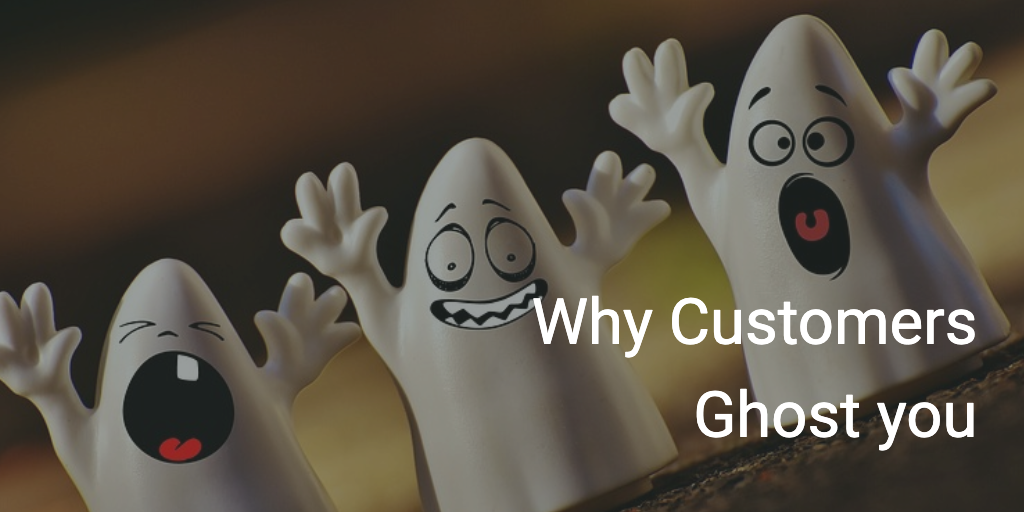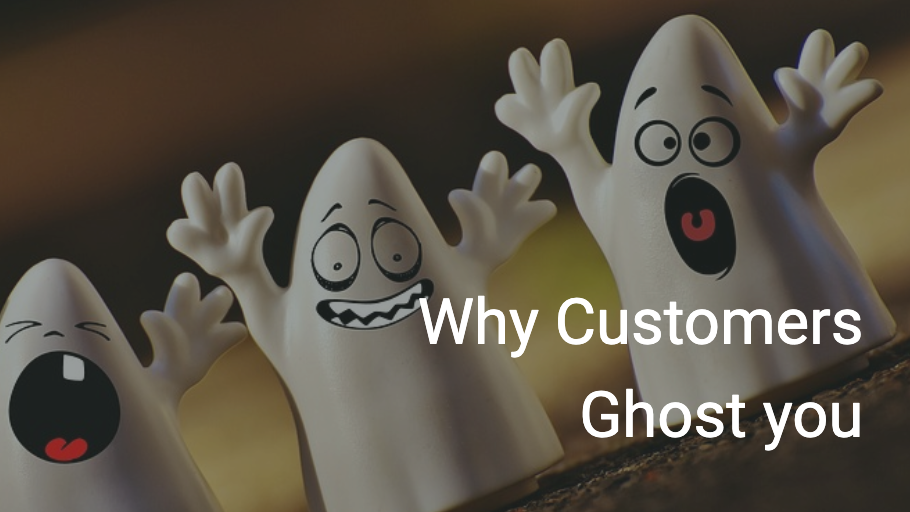
You could say they are zombies, have gone dark, or anything else.
I like ghosting. The term, at least. I don’t like it when customers ghost.
Which is why un-ghosting customers is definitely my favorite tactical Customer Engagement topic because it generally requires some detective work and a lot of creativity.
It can be legitimately fun… and the results of seeing customers come back from the dark when you thought it was a lost cause is so awesome.
But before you can un-ghost your customers you have to know WHY your customers are ghosting you in the first place, so let’s dig in.
The reasons customers will ghost you are many and varied, and they include the customer being:
- Disappointed – you dropped the ball
- Ashamed – they dropped the ball
- Overwhelmed – you gave them way too many balls
- Underwhelmed – it wasn’t the ball they thought they bought
- Busy – they have too many other balls
In some cases you’ll know the status of the customer as it pertains to these (or other) ghost reasons and can leverage that in your un-ghosting… or you’ll just have to make an educated guess and cohort customers accordingly.
For instance, we can be pretty sure that customers that signed-up before our latest org changes got a bad onboarding experience, so it’s probably safe to assume that’s the reason for any ghosts in that cohort. To successfully un-ghost, you use that knowledge, coupled with an appropriate intervention modality and message and boom…. ghosts, busted.
It’s totally possible to NOT leverage knowledge of their status to un-ghost them… but having that context and crafting a message that resonates is much, much more likely to have the result you’re looking for.
This is especially true if the reason they’re ghosting you is that you over- or mis-communicated with them!
